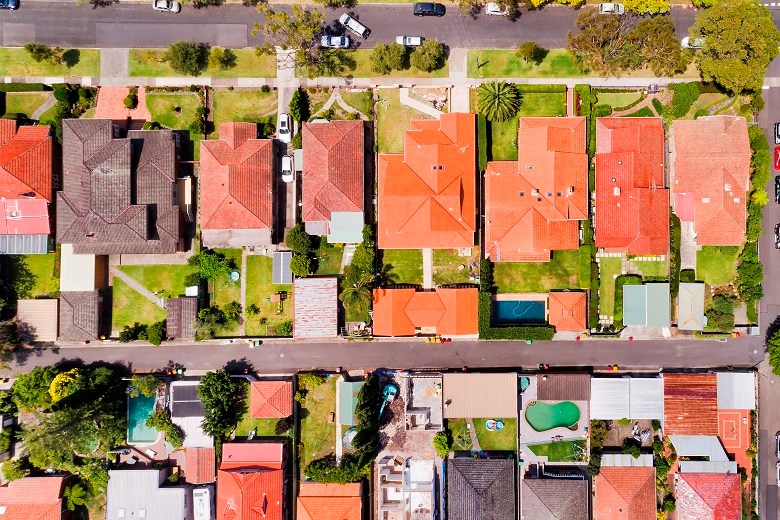
Latest report into government services shows high occupancy rates and rental stress among those receiving assistance.
Across Australia last year 97 per cent of public housing, 95 per cent of state-owned indigenous housing and 95 per cent of community housing was occupied, highlighting the often lengthy waits for those requiring assistance, a new analysis shows.
The first sections of the annual Report on Government Services, released today, also show that 40 per cent of the quarter of Australian households that were in private rental during 2015‑16 was experiencing rental stress.
Some 40 per cent of low income households that received the Commonwealth Rental Assistance still experienced rental stress, according to the analysis.
Across Australia there were 398, 582 households and 418, 736 social housing dwellings at June 2018.
The report shows that total Commonwealth and state government spending on social housing and specialist homelessness services was $5 billion in 2017-18, accounting for 2 per cent of total government services expenditure in the report.
Social housing services accounted for $4.1 billion during 2017-18 while $0.9 billion was spent on specialist homelessness services.
Government spending on the Commonwealth Rent Assistance was $4.4 billion in 2017‑18.
$31.5 billion on community services
Elsewhere, the section on community services shows that total government recurrent expenditure in the area was an estimated $31.5 billion in 2017‑18, around 13.4 per cent of the total spend covered in the report.
The largest share went to aged care ($18.4 billion), followed by services for people with disability ($6.4 billion), child protection services ($5.8 billion) and youth justice services ($0.8 billion).
In aged care, which is currently the subject of a royal commission, government spent $12.4 billion on residential aged care, $5.1 billion on home care and $932 on services such as flexible care and assessments.
As at June 2018, there were 207, 142 operational residential care places and 91,847 recipients of home care packages.
In disability, the report found that total government expenditure on specialist disability services provided under the National Disability Agreement was $6.4 billion — a decrease of 17.8 per cent from 2016-17. There was $7.7 billion support committed to the NDIS for 2017‑18.
“As the NDIS is progressively implemented to replace services under the NDA, funding for the NDIS will increase,” the analysis says.
The report notes that informal carers, often family or friends, “play a vital role” in supporting people in need of assistance with activities like mobility, self-care and communication, to stay living in the community.
It notes that in 2015, some 855,900 people were primary carers of people with disability or older people.
More sections to come
The Steering Committee for the Review of Government Service Provision’s annual report is being progressively released over several days.
The report probes the equity, efficiency and effectiveness of government services in social services including childcare, education, health, justice and emergency management across 17 service areas.
Government recurrent expenditure on these services is approximately $235 billion – 70 per cent of government recurrent expenditure or 14 per cent of GDP.
The sections on community services and on housing and homelessness were released today, with justice and emergency management to come on Thursday, and health and childcare slated to be released week.
Comment below to have your say on this story.
If you have a news story or tip-off, get in touch at editorial@governmentnews.com.au.
Sign up to the Government News newsletter.
A very significant problem in my home town , reflecting the nations need too . Needs as much addressing imaginable as it feeds into many other social issues like drug addiction alcohol abuse etc